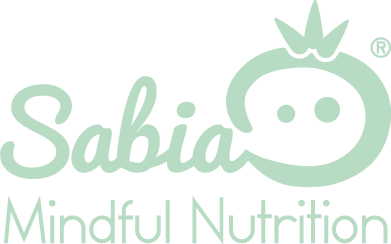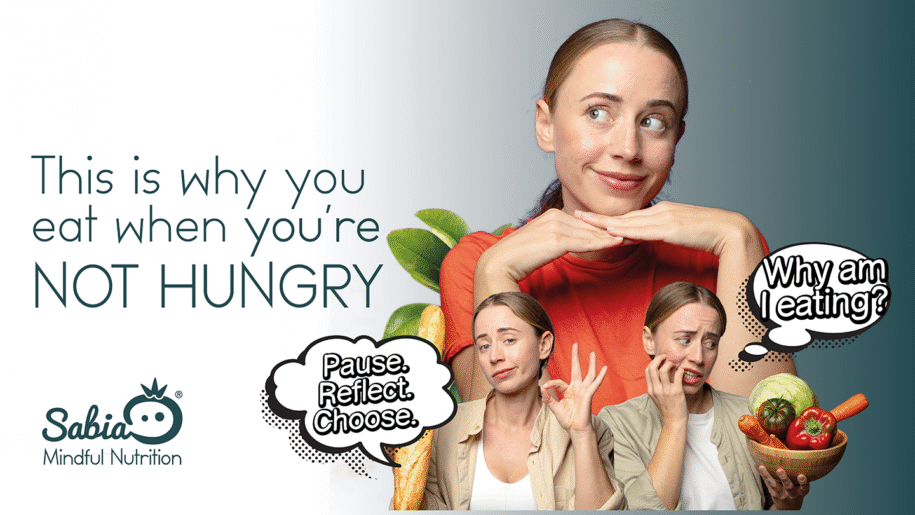Identifying your emotional eating triggers
Emotional eating happens when you turn to food—not from physical hunger—but to soothe feelings like stress, boredom, loneliness, or sadness. Learning to identify your emotional triggers is the first step toward healthier eating habits and improved well‑being.
1. What Is Emotional Eating?
Emotional eating means consuming food as a response to emotional states rather than actual hunger. Often this occurs during negative emotions—stress, anxiety, sadness—or even positive ones like celebration or reward. The cycle commonly involves: stressful emotion → craving comfort food (high‑sugar or high‑fat) → emotional relief → guilt or regret → repeat
2. Common Emotional Triggers That Lead to Unhealthy Eating
2.1 Stress and Anxiety
Elevated cortisol during chronic stress drives cravings for sugary or fatty foods. These comfort foods offer temporary relief, but reinforce emotional eating habits over time .
2.2 Sadness, Loneliness, or Boredom
Low mood and emotional voids commonly prompt snacking for comfort. Boredom often leads to mindless grazing around screens or during idle time.
2.3 Positive or Social Cues
Celebrations, social gatherings, or rewards after stressful events may encourage overeating—even when you’re not hungry—but because food becomes symbolic of joy or reward.
2.4 Environmental and Availability Triggers
Having easy access to hyperpalatable, processed foods at home, or exposure to food cues in media or parties, increases the likelihood of emotional eating .
3. How to Notice and Identify Your Triggers
3.1 Keep a Food‑Mood Journal
Track meals with notes on:
-
What you ate
-
Why you ate (boredom, stress, celebration, hunger)
-
Your hunger level on a 1–10 scale
-
Your emotional state before eating
Patterns will emerge over time—common situations or emotions that consistently lead to unnecessary eating
3.2 Pause and Reflect Before Eating
Ask yourself:
-
“Am I truly hungry—or am I feeling stressed, bored, anxious?”
-
Is this physical hunger that builds slowly, or sudden craving tied to a specific food?
Emotional hunger tends to be sudden, specific cravings, urgent—even if you just ate. Use this pause to decide if food is truly needed.
3.3 Use Reflective Tools or Therapy Techniques
Therapeutic methods like CBT, DBT, or cognitive‑emotional behavioral therapy (CEBT) help you recognize how thoughts and feelings trigger eating, and teach alternative responses rather than reacting unconsciously.
4. Nutrition‑Based Strategies to Reduce Emotional Eating
4.1 Eat Balanced, Regular Meals
Maintain a meal rhythm that includes protein, fiber-rich carbs, and healthy fats. This stabilizes blood sugar and energy levels, reducing cravings later in the day. For instance: mid‑afternoon hunger often follows low protein lunch or skipped breakfast, and can lead to junk‑food binges.
4.2 Choose Satiating Snacks
Instead of chips or sweets, reach for fruit with nuts, yogurt with berries, or vegetable sticks with hummus. These provide satisfaction without triggering rapid blood sugar spikes.
4.3 Practice Mindful Eating
During meals:
-
Eat slowly, savor texture and flavor
-
Remove distractions like TV or phone
-
Pause mid‑meal to check fullness
Mindful eating strengthens awareness of hunger vs. emotional urges and often reduces overeating .
5. Build Healthy Coping Alternatives
5.1 Use Non‑Food Methods to Manage Emotions
When an emotional urge arises, replace food with:
-
Deep breathing or meditation
-
Walking or other movement
-
Journaling or talking with a friend
-
Creative hobbies or listening to music
5.2 Prepare a Personal Trigger List
Write down common triggers (e.g. long workday, loneliness, boredom) and brainstorm a few non‑food responses beforehand. This cue‑based plan helps break automated responses.
5.3 Seek Support When Needed
Working with a registered dietitian, mental health counselor, or joining a support group can help uncover deeper patterns and provide accountability and new strategies.
6. Why Recognition and Self‑Compassion Matter
Recognizing emotional patterns and treating yourself with kindness—rather than guilt—is key. If you eat emotionally, forgive yourself and note the trigger for next time. Progress over perfection helps build resilience and long‑term change.
7. Sample Daily Plan to Identify and Handle Triggers
-
Morning reflection: Rate your mood and intention for eating.
-
Keep midday food-log: Note emotions and hunger level.
-
Afternoon check-in: If craving hits, pause and reflect.
-
Evening wrap-up: Review journal—spot patterns (stress‑related, boredom, social).
-
Action plan: Next-day, plan meals and non-food coping aligned with identified triggers.
Identifying emotional eating triggers requires awareness, honest reflection, and nutrition-based strategies. By journaling, differentiating hunger types, eating balanced meals, practicing mindfulness, and substituting healthier behaviors, you can regain control over your eating. With time and self-compassion, emotional eating becomes a manageable pattern—not a relentless cycle.
Sources Consulted
-
Mayo Clinic
“Weight Loss: Gain Control of Emotional Eating”
https://www.mayoclinic.org/healthy-lifestyle/weight-loss/in-depth/weight-loss/art-20047342 -
Verywell Health
“What Is Emotional Eating?”
https://www.verywellhealth.com/emotional-eating-8670472 -
Beaumont Health
“How to Recognize and Confront Emotional Eating Triggers”
https://www.beaumont.org/health-wellness/blogs/recognize-and-confront-emotional-eating-triggers -
HealthAid by Lemonaid Health
“Emotional Eating Triggers and How to Break the Cycle”
https://healthaid.lemonaidhealth.com/weight-loss/emotional-eating-triggers-break-cycle -
Natural Wellness Corner
“Emotional Eating: How to Identify and Manage It”
https://naturalwellnesscorner.com/emotional-eating-how-to-identify-manage-it


